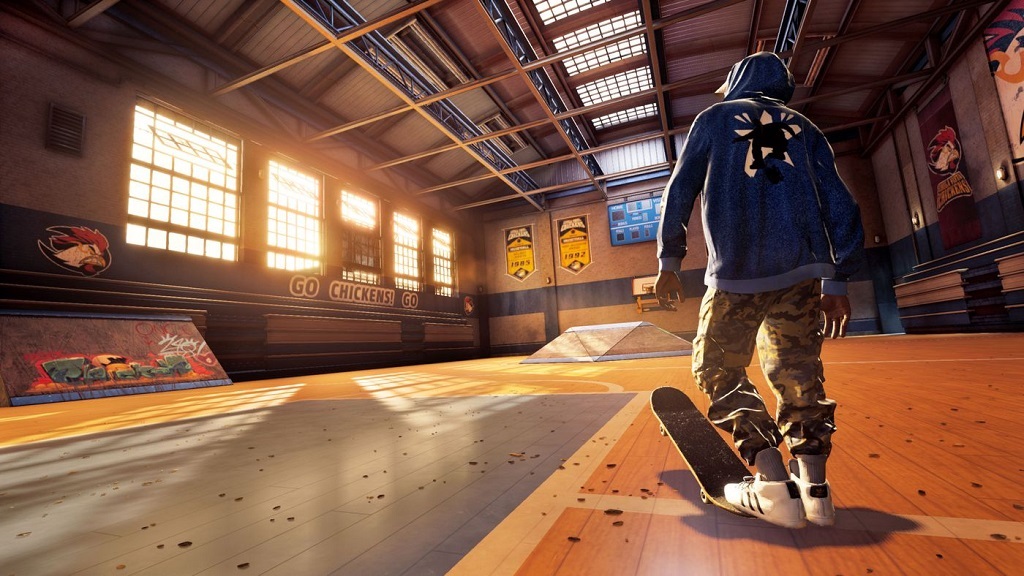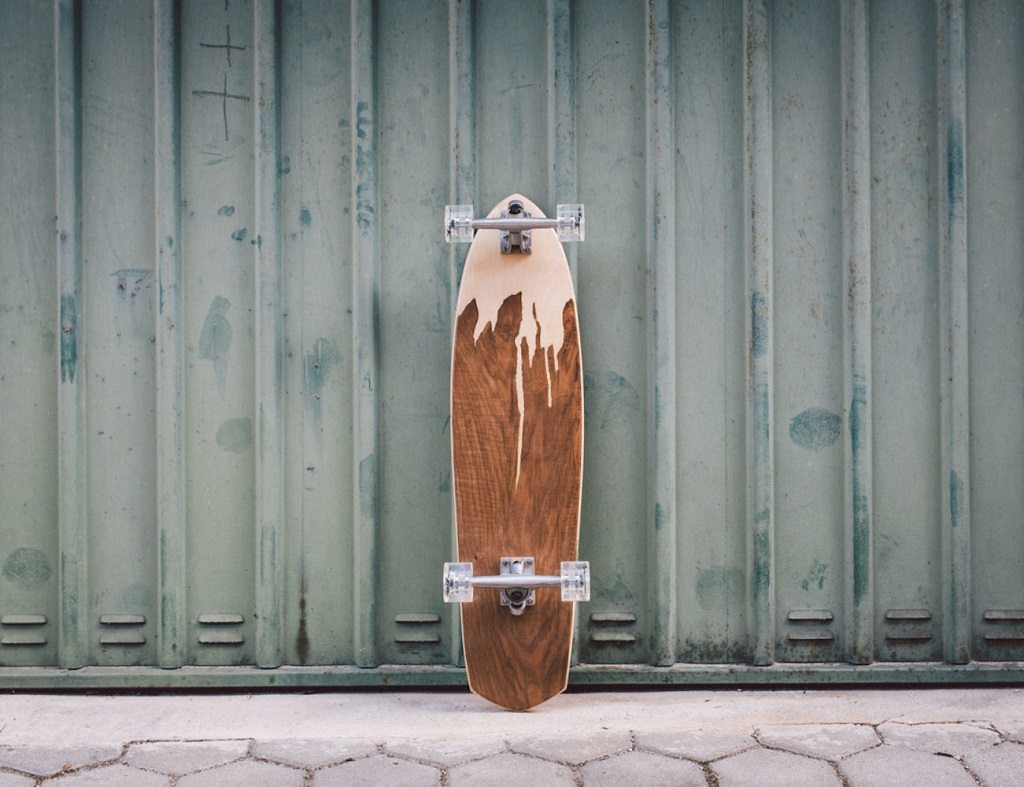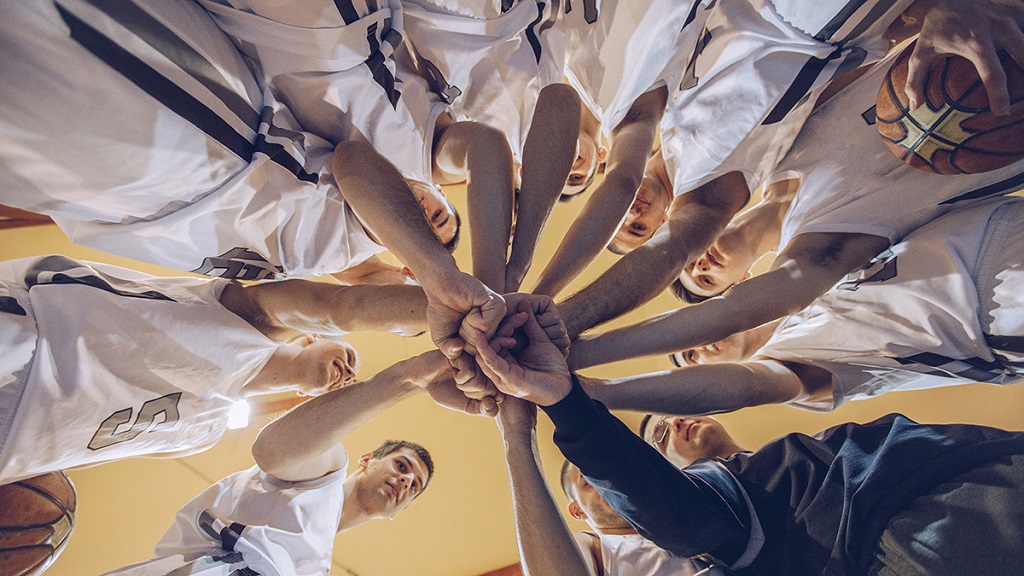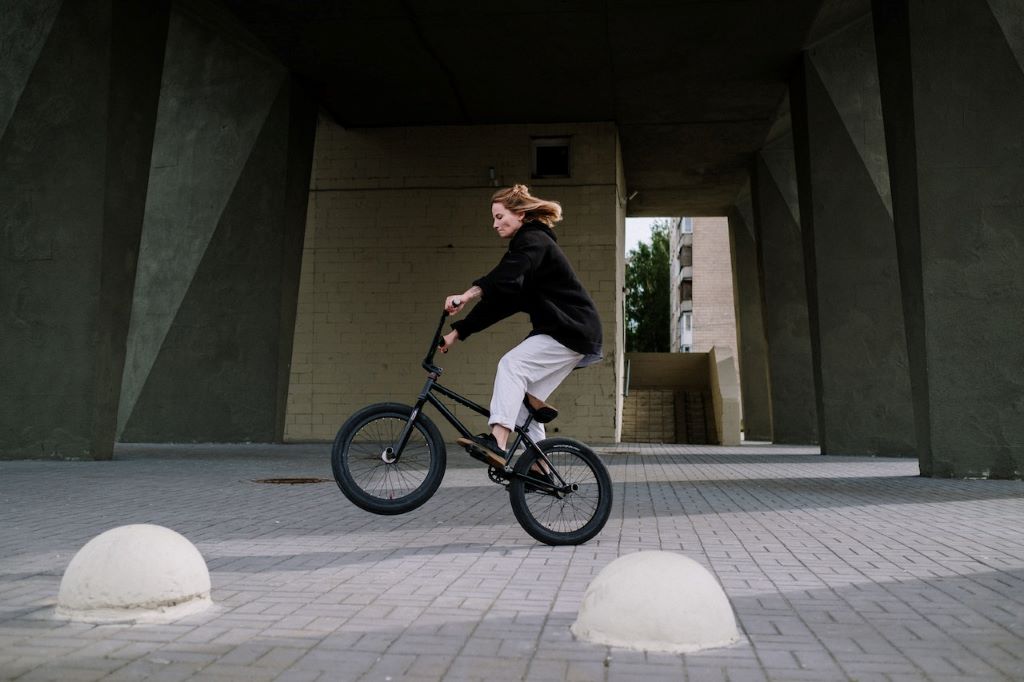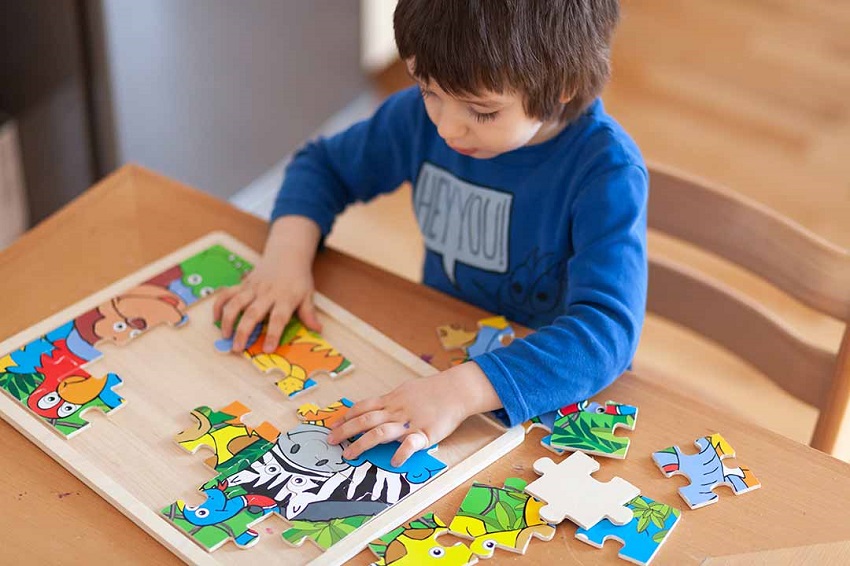Riding a skateboard on wood can be an exhilarating experience, but it’s important to prioritize safety while doing so. Skateboarding is a fun and fast-paced activity that requires balance, coordination, and proper technique. In this article, we will discuss some essential tips for riding your skateboard safely on wood surfaces.
Why is Safety Important When Riding Skateboard on Wood?
Skateboarding is a popular recreational activity that has been around since the 1950s. Although it may seem like a simple and carefree sport, injuries can occur if proper safety precautions are not taken. When riding on wood surfaces, there are additional factors to consider such as the type of wood, its condition, and any potential obstacles or hazards in the area.
By prioritizing safety, you can prevent accidents and enjoy skateboarding without any worries. Not to mention, following safety guidelines will also help you improve your skills as a skateboarder.
Understanding Your Skateboard and Its Dimensions
Before you step onto your skateboard and glide across wooden surfaces, it’s important to familiarize yourself with your equipment. The weight of a skateboard can greatly influence its performance and your ability to control it. Generally, a standard skateboard weighs around 7 to 10 pounds, but this can vary based on the board’s size, material, and the type of trucks and wheels it has. A heavier skateboard may offer more stability, but it can also be more challenging to maneuver, especially on wood. So, understand the weight of your skateboard and how it impacts your ride is a crucial step towards ensuring safety.
What You’ll Need
Before we dive into the tips for riding a skateboard on wood safely, let’s first go over what you’ll need. Of course, the most obvious item is a skateboard. Make sure it is the right size for you and fits your riding style. You’ll also need a helmet, knee pads, elbow pads, and wrist guards for protection.
It’s crucial to invest in high-quality safety gear that fits properly and is comfortable to wear. Cheap or ill-fitting equipment can do more harm than good in case of an accident.
Tips for Riding Skateboard on Wood Safely
Now, let’s get to the main topic – how to ride your skateboard on wood safely. Here are some essential tips to keep in mind:
1. Choose the Right Spot
When looking for a place to ride your skateboard, always prioritize safety over convenience or aesthetics. The ideal spot is a smooth and flat surface with minimal obstacles or hazards. Avoid riding on busy streets, rough terrain, or surfaces with cracks and potholes. Discover The Art of BMX.
2. Inspect the Wood Surface
Before you start riding your skateboard on wood, it’s crucial to inspect the surface for any potential dangers. Look out for loose or rotting boards, sharp edges, or debris that can cause accidents. If you notice any issues, find a different spot to ride or address the problem before you start skating.
3. Warm Up and Stretch
Skateboarding is a physically demanding activity that requires agility and flexibility. To prevent strains or muscle pains, it’s crucial to warm up and stretch your body before riding. This will also help improve your performance on the skateboard.
4. Start Slow and Focus on Technique
If you’re new to skateboarding, it’s best to start slow and focus on getting the basics right. Take your time to get comfortable with your board and practice balancing, pushing off, and turning. Always keep your eyes forward and pay attention to your surroundings.
5. Learn How to Fall
Even with all the safety precautions, accidents can still happen. That’s why it’s important to know how to fall properly to minimize injuries. If you feel like you’re losing your balance, crouch down and try to roll with the fall using your shoulder and back muscles.
6. Stay Alert
Riding a skateboard on wood requires focus and attention at all times. Avoid distractions such as listening to music or using your phone while skating. Stay alert and aware of any potential hazards in the area.
7. Don’t Skate Alone
Skateboarding is more fun when you have someone to share the experience with, but it’s also safer. It’s always a good idea to skate with a friend or in a group, especially if you’re new to the activity.
8. Know Your Limits
It’s important to know your limits and not push yourself beyond what you’re comfortable with. Start with smaller and easier tricks and gradually work your way up as you improve your skills. Taking on more advanced maneuvers before you’re ready can lead to injuries.
In Conclusion
Riding a skateboard on wood can be a fun and exciting activity, but safety should always come first. By following these tips, you can minimize the risk of accidents and injuries while enjoying the thrill of skateboarding. Remember to always prioritize safety, choose the right spot, and wear proper protective gear for a safe and enjoyable ride.
Frequently Asked Questions (FAQs)
Is it safe to ride a skateboard on wood surfaces?
Yes, it is safe to ride a skateboard on wood surfaces as long as you follow safety guidelines and choose the right spot.
Do I need to wear protective gear while skateboarding on wood?
Yes, it’s crucial to wear a helmet, knee pads, elbow pads, and wrist guards for protection while skateboarding on wood surfaces.
Can I ride my skateboard on any type of wood?
It’s best to stick to smooth and solid wood surfaces without any potential hazards or obstacles. Avoid riding on old or rotting wood.
How can I improve my balance while skateboarding on wood?
Practice is key when it comes to improving your balance on a skateboard. Start with smaller tricks and gradually work your way up as you build your skills and confidence.
Is skateboarding on wooden ramps safe?
Skateboarding on wooden ramps can be safe if the ramp is well-built, maintained, and free of any potential hazards. Always inspect the ramp before riding to ensure it’s in good condition.


